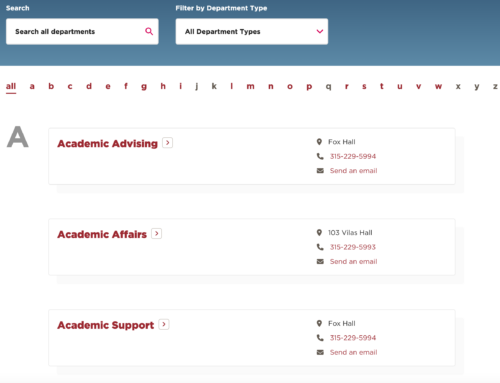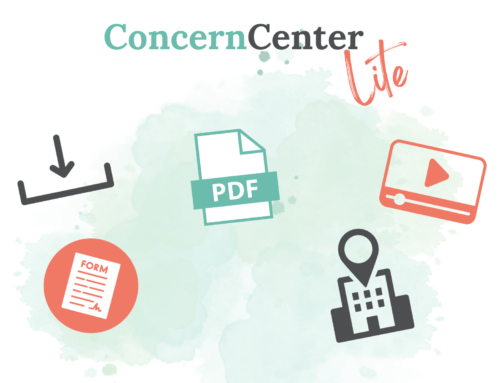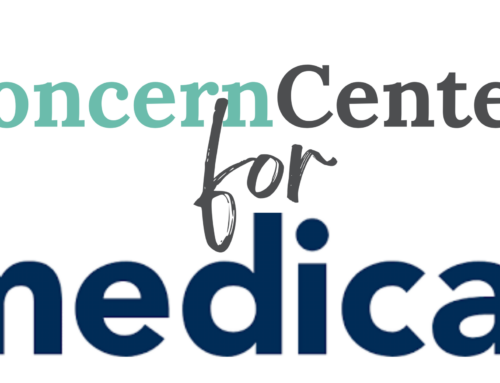This is what life looks like before someone seeks help.
- A teenage boy feels devastated by his parent’s divorce, but is trying to stay strong for his mom.
- A man in his early thirties lacks social connection so he throws himself into his work.
- A young mom gives birth to her first child, but doesn’t feel love and happiness, instead she feels resentment and depression.
- A college student is afraid to tell her parents that she’s gay so she lives two separate lives and hopes no one in her family will find out.
- A sibling loses her sister to cancer and feels completely lost and overwhelmed.
- A woman knows she needs to leave an abusive relationship, but doesn’t know where she can go that will be safe and confidential.
The space between a person’s lived experience and when they access help is what I refer to as, “The problem before the problem.” It’s a lonely, uncomfortable place, where feelings are big and where overwhelm leads to inaction. It’s a place where even the most proactive people can get stuck – knowing they need help, but not knowing where to start.
Many people, in their stuckness, turn to search engines, typing in phrases like, “thoughts of suicide”, “how do I tell my parents I’m gay?”, “trouble making friends”, “in a bad relationship”, and “I drink too much”. These confessions, submitted into the abyss of the World Wide Web, return an exhaustive list of impersonal information and assume the reader wants to dive into much more information about the topic, wants paid product recommendations, and if they’re lucky, receives a few good resource results.
Turning to a Trusted Advisor
I’ve been telling everyone who will listen that there is a missing link between the person who is hurting and the help they are searching for. This missing link is what we, at ConcernCenter, call a trusted advisor.
A trusted advisor is an institution, program, office, or organization
that someone is already connected with and whose recommendations they are likely to trust.
Everyone is connected, in some way, to a trusted advisor. Someone’s K-12 school district, college or university, church community, place of employment, or other community relationship are just a few examples.
These advisors are the missing link between someone who’s suffering and generic search engine results. They’re in a unique position to provide resource information to someone in need because a sense of trust has already been established. Whether that trust is gained through a paid relationship or membership, is associated with a district or place of employment, or is handed down through referral or recommendation, the premise remains. People will turn to their known, accessible communities for help and guidance first, because these advisors are familiar, and familiarity is associated with safety and a duty to serve.
The Road to Frustration is Paved With Good Intentions
These trusted advisors are expected to provide helpful resources and information in an easy-to-use, efficient, and equitable way. Unfortunately, this is difficult to achieve. Those who need help are often directed to clunky websites with inefficient search engines, binders with outdated brochures, referrals that vary based on which staff member you speak to, excessive weblinks that require further researching, or rely on answers from an already overworked staff member. These “systems” tend to frustrate the end user further, leading them to stop searching or give up.
Worse yet – trusted advisors/organizations often believe they have systems in place that help people in need. K-12 districts are proud of their main office phone trees or of the principal’s ability to answer any and all questions posed by parents. Institutions of higher education assume that everyone knows where to access mental health support on campus and if they in-the-rare-case don’t, further assume they will ask a friend. And doctors’ offices have moved to on-line health portals as a method of efficiency, but still expect patients to wade through hundreds upon hundreds of website links after just receiving a cancer diagnosis.
Let me be clear. Trusted advisors/organizations are not trying to do harm or be unhelpful. In fact, the opposite is true. These advisors and organizations exist to help people get connected with the support they need. Unfortunately, though, they aren’t taking into account how their end users want and need to access resource information.
This inefficiency is rarely, if ever, due to a lack of resources or a lack of care on behalf of the advisor.
Business-Driven vs. People Driven Methods
Trusted advisor organizations have simply fallen victim to what I call, “business-driven methods”. Business-driven methods require the end user to instinctively know your organization’s internal procedures (e.g. who should they contact if they’re having a college roommate issue?), who can help (e.g. do they know whether to connect with a counselor, therapist, or social worker?), all of the resource options that exist for a given concern (e.g. if they’re experiencing depression and don’t want to go to counseling), and who can guide the end user to a solution (e.g. they need to know a person’s name to look them up in the directory).
Examples of business-driven methods include standard resource directories, limited search engines on the main page of your website, phone trees, webpages that use acronyms, resource pages that contain multiple links (even if they are categorized), chatbots that give circular responses, and other examples you can think of that exist with your own, current organization(s).
If your organization is currently using any of these business-driven methods, know that you are not alone. Know, also, that you are not providing your end users with the easiest, most efficient, and equitable way of accessing help – help that your users are looking to you, specifically, to provide.
Best Practices for Providing Resources
The path to providing your end users with the most valuable resource information is rooted firmly in best practices for customer service. Some of these practices include:
- Understanding your end user’s experience
- Asking your end-user how they want to consume information
- Testing your internal support methods with people unfamiliar with your system to identify gaps and inefficiencies
- Ensuring information is accessible, compliant, and able to viewed safely
- Keeping track of user data for the purpose of continuously improving your system
- Finding a better balance between what is best for the business and what is helpful to the end-user
The first step in tackling any new problem is acknowledging that it is, in fact, a problem. In this era of quick technological advancements customers and end-users are demanding more from their trusted advisors and are less patient when the information they are seeking is not available in a way that makes sense to them. Trusted advisors who acknowledge and embrace the inefficiencies of their current systems, and work with companies like ConcernCenter to fix it, are the companies that will persevere and establish themselves as those that truly care about the experience of those they serve.






Leave A Comment